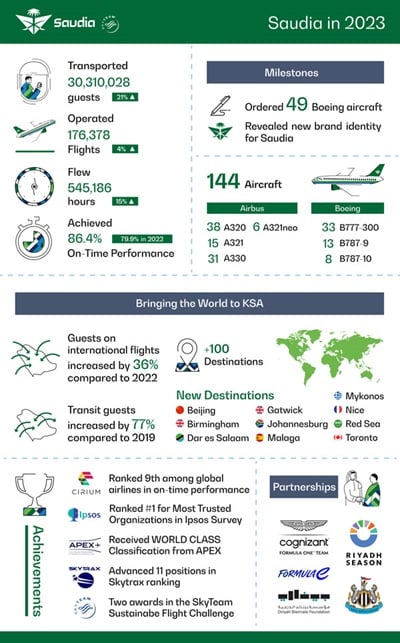ST. GEORGE’S, Grenada (eTN) – The costs of inaction will reach an astonishing 75 percent or more of Gross Domestic Product by 2100 in Dominica, Grenada, Haiti, St. Kitts & Nevis and Turks & Caicos, a latest report on climate change and its overall impact on the Caribbean has revealed.
Called “The Caribbean and Climate Change: The Costs of Inaction,” the study by Ramón Bueno, Cornelia Herzfeld, Elizabeth Stanton, and Frank Ackerman which was commissioned by Environmental Defense Fund points out that although Caribbean nations have contributed little to the release of the greenhouse gases that drive climate change, they will pay a heavy price for global inaction in reducing emissions.
This is the first detailed analysis of the potential economic effects of continued climate change for the entire Caribbean region. The report, similar in methodology to the recent study on the cost of climate change in Florida, compares two possibilities–an optimistic rapid stabilization case and a pessimistic business-as-usual case.
The costs of inaction, or the difference between these two scenarios, are the potential savings from acting in time to prevent the worst economic consequences of climate change.
Also, the study centers on three categories of effects–hurricane damages, loss of tourism revenue, and infrastructure damage due to sea-level rise.
Key findings of the report also say that the costs of inaction will amount to 22 percent of GDP for the Caribbean as a whole by 2100; the Caribbean’s largest island, Cuba, faces a nearly 13 percent economic hit by mid-century, and a 27 percent loss by 2100, unless there is swift action to address climate change.
Losses from inaction would be less severe but still significant in Puerto Rico, reaching nearly 3 percent by 2050 and 6 percent by the end of the century and the nation of Colombia, with its long Caribbean coastline, faces permanent flooding of 1,900 square miles in low-lying coastal areas, affecting 1.4 million people, according to the report, which was released last month.
The Caribbean annual cost of inaction is projected to total US$22 billion annually by 2050 and US$46 billion by 2100.
WHAT TO TAKE AWAY FROM THIS ARTICLE:
- Losses from inaction would be less severe but still significant in Puerto Rico, reaching nearly 3 percent by 2050 and 6 percent by the end of the century and the nation of Colombia, with its long Caribbean coastline, faces permanent flooding of 1,900 square miles in low-lying coastal areas, affecting 1.
- The Costs of Inaction,” the study by Ramón Bueno, Cornelia Herzfeld, Elizabeth Stanton, and Frank Ackerman which was commissioned by Environmental Defense Fund points out that although Caribbean nations have contributed little to the release of the greenhouse gases that drive climate change, they will pay a heavy price for global inaction in reducing emissions.
- Key findings of the report also say that the costs of inaction will amount to 22 percent of GDP for the Caribbean as a whole by 2100.






















